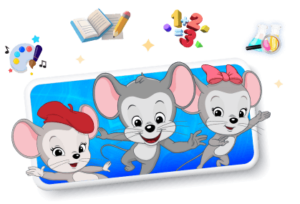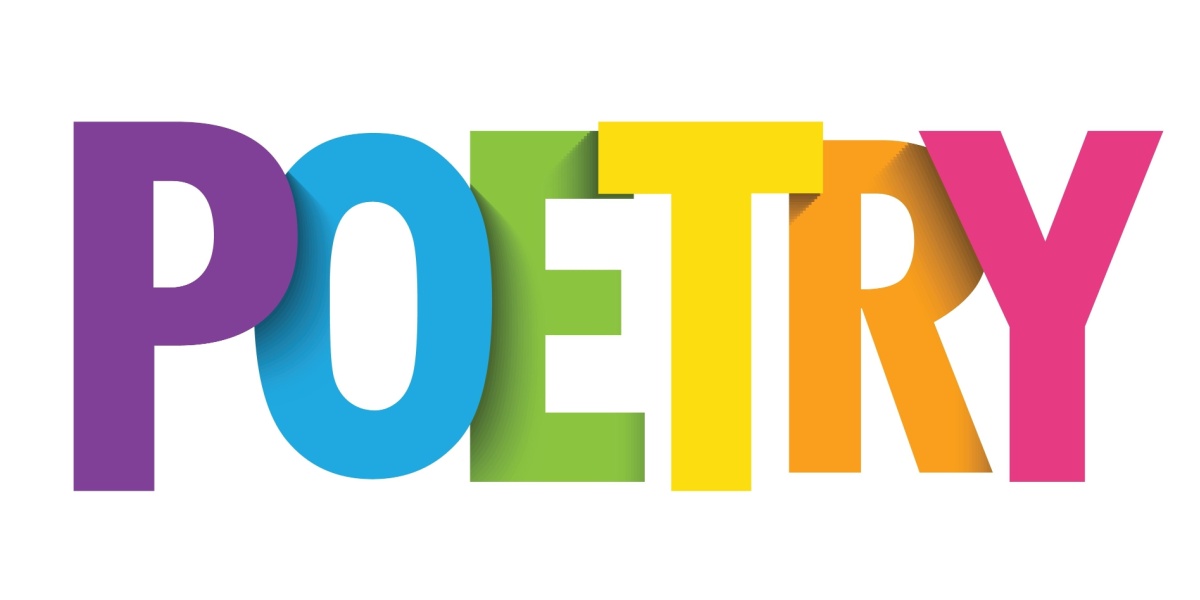
What Is Waldorf Homeschooling?
Learn about this holistic approach to education and how to bring it into your homeschool.
Waldorf homeschooling is a unique educational approach that emphasizes creativity, hands-on learning, and holistic development. Based on the teachings of Rudolf Steiner, a philosopher and educator, a Waldorf homeschool education is focused on the development of the whole child, often referred to as “the head, hands, and heart.”
What is Waldorf Education?
One of the key aspects of Rudolf Steiner’s philosophy is that child development can be broken down into three cycles, each lasting seven years. The Waldorf method of education is meant to honor each developmental stage without forcing a child to grow up too quickly.
The three cycles of Waldorf education include the following:
- Children Ages 0 to 7:
At this stage, children should focus only on creative play, nurturing the imagination, and hands-on learning rather than academics.
- Children Ages 7 to 14:
The second cycle of Waldorf education should introduce children to academics with a continued emphasis on imaginative play.
- Children Older Than 14
During the final cycle, children will focus on critical thinking, current events, and community service.
Many homeschooling families find the Waldorf philosophy aligns with their goals and appreciate the de-emphasis on academics, age-appropriate instruction and information, and an education through nature and the world around us.
Tip: ABCmouse and Adventure Academy cover a variety of skills and key educational subjects for these age groups, providing home educators with an additional resource for supporting their children’s learning.
Overview of Waldorf Homeschooling
What does the Waldorf homeschool experience look like?
One of the signature features of a Waldorf-inspired homeschool is the emphasis on art and creation. Waldorf education also emphasizes the use of handwork as a means to support math education. Waldorf students spend time learning to knit and crochet and using their hands to mold clay or beeswax and work with wood and metal.

A unique feature of the Waldorf approach is that areas of instruction are taught in blocks or units. Instead of teaching a variety of subjects every day, Waldorf education focuses on teaching one subject at a time for several weeks. This allows children to immerse themselves in the subject and develop a deeper understanding and appreciation of it. If the idea of teaching in blocks appeals to you, you may want to look into homeschooling with unit studies.
Movement is an important part of the Waldorf homeschooling curriculum. Movement is seen as a way to connect the mind and body and promote healthy development. Children are encouraged to engage in activities like yoga, dance, and other forms of movement to help develop their physical abilities and cognitive skills.
The Waldorf approach also delays the use of textbooks until students are older, and even then, they typically do not play a key role in instruction. Grades are also not part of the Waldorf experience during early years of learning. Instead, focus is on a child’s progress. There’s a much stronger emphasis on learning through experiences, exploration, and helping students find their place in the world.
How much does Waldorf homeschooling cost?
Waldorf homeschooling can be a relatively inexpensive option for families who want to provide their children with a holistic and arts-integrated education. Unlike traditional homeschooling, Waldorf homeschooling does not require expensive textbooks, workbooks, or technology. Instead, parents can use a variety of natural materials, such as beeswax crayons, wool yarn, and wooden toys, to create hands-on and engaging learning experiences for their children.

Additionally, Waldorf homeschooling emphasizes the importance of storytelling, nature walks, and free play, which are all low-cost or free activities. While there may be some initial investment in materials and resources, Waldorf homeschooling can ultimately be a cost-effective option for families seeking an alternative approach to education.
How can I bring Waldorf into my homeschool?
Establish a routine.
Waldorf emphasizes the importance of creating a daily rhythm.
Spend time outdoors.
Take walks, work in the garden, compare leaves, or just quietly observe nature.
Make art activities a regular part of each day.
If the projects are created by hand, all the better. Find free art and craft ideas here.
Offer ample time for free play.
Free play is thought to help children develop a variety of skills, such as creativity and problem solving, and can boost cognitive growth.
Get kids involved in chores.
Making chores part of daily life can foster children’s sense of responsibility, independence, and capability.
Is Waldorf Homeschooling Right for Your Family?
An important aspect of Waldorf education is the establishment of rhythms. This means repeating a similar daily schedule. This type of environment may not be the right fit for every homeschooler.
Waldorf philosophy also steers away from media and minimizes the use of technology, video games, and television. This is appealing for some families, while others choose to take a different approach to homeschooling.
Some homeschooling families combine the Waldorf method with other educational approaches. There are many homeschooling methods, and you’ll want to research them all to help find the best option for your family.
Support Your Homeschool with ABCmouse and Adventure Academy
Our digital learning programs are designed by curriculum experts to assist your homeschool and children ages 2 through 13. ABCmouse is a comprehensive online educational platform for children ages 2-8, while Adventure Academy focuses on children ages 8-13. Both programs provide access to lessons on reading, language arts, math, sciences, social studies, and more. Learn more about how each program can enhance your homeschool below.
ABCmouse and Homeschooling
ABCmouse offers over 10,000 learning activities and more than 850 lessons for children, plus a large digital library of books and educational puzzles, songs, activities, and worksheets. The program encourages self-paced learning with motivating rewards and includes progress tracking, which allows home educators to monitor time spent on certain subjects and the number of activities completed.

Then just $14.99/mo. until canceled
As a paid add-on to regular subscriptions, home educators can access the Assessment Center, which allows parents and caregivers to test children on their knowledge, determine successes and struggles, and receive recommended lessons based on assessments.
ABCmouse provides a robust curriculum that can supplement other early learning lessons. It’s trusted resource that’s been downloaded over 10 million times and has a 4.5-star average out of 831.4K ratings.
Adventure Academy and Homeschooling
Adventure Academy combines an interactive world with a curriculum covering reading, language arts, math, science, and social studies. With quests, games, and educational videos and activities, learning becomes an epic journey that motivates kids to explore various topics.
For homeschooling families, Adventure Academy offers an engaging, flexible learning experience that can supplement other educational materials. The program features thousands of activities created by curriculum experts and covers all major academic domains.
Parents and caregivers can choose academic difficulty levels and track each child’s progress, seeing time spent in Adventure Academy, activities completed, and subjects studied.
Adventure Academy emphasizes key topics such as reading comprehension, vocabulary development, mathematical operations, fractions, world geography, American history, physical science, life science, earth science, and scientific inquiry.
For more information, visit AdventureAcademy.com.
More from ABCmouse:
-
Rhyming Schemes for Kids with Examples
Learn what a rhyme scheme is, see examples from poems and nursery rhymes, and discover fun activities to help kids recognize and practice rhyming patterns.
-
Why Rhyming is Important? (Tips for Teaching)
Discover why rhyming is key for early literacy and how it helps kids develop phonemic awareness. Get expert insights and fun activities to teach rhyming.
-
Rhyming Couplets – With Definitions and Examples
Discover rhyming couplets with fun examples, poetry styles, and engaging activities for kids. Explore famous poems and creative ways to learn rhyme!
-
Easy Ways to Teach Blending Words
Teach young readers to blend words with these fun strategies and activities! Discover phonics blending techniques, examples, and hands-on learning tips.
-
Best Rhyming Books for Young Readers
Discover 50 engaging rhyming books for toddlers to second graders! Boost early literacy skills, enjoy playful language, and make reading even more fun.
-
How to Teach One to One Correspondence Made Easy
Discover play-based activities and tips to teach one-to-one correspondence, a key math concept, to preschoolers in fun and engaging ways.







